Parts and consumables:
- Motor oil
- Funnel
- rags
- Plastic bottle
- Scissors
Notes:
The manufacturer recommends using API SL (API SM) oil. Depending on climatic conditions, an SAE viscosity grade oil should be used.
Add oil of the same brand, viscosity and quality class as the one used previously.
Check the oil level with the vehicle on level ground. After driving, stop the engine and wait 5-10 minutes until the oil drains into the oil sump.
The oil filler neck 1 is located on the cylinder head cover. The oil level gauge (oil dipstick) 2 is located in the front of the engine compartment in front of the thermal screen of the collector.
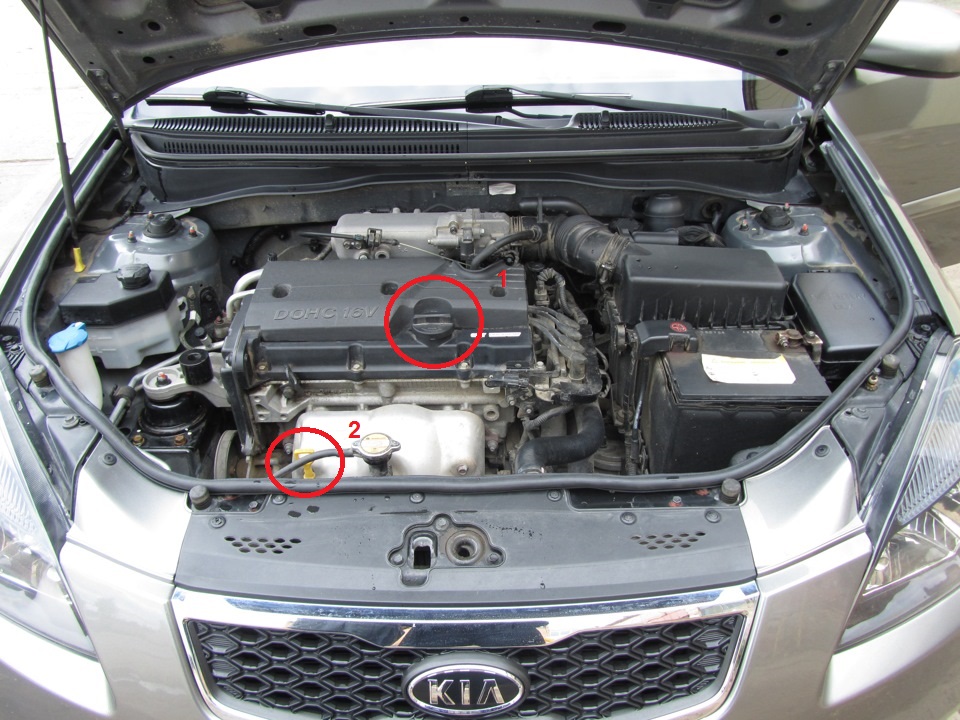
1. Remove the oil level indicator (oil dipstick).
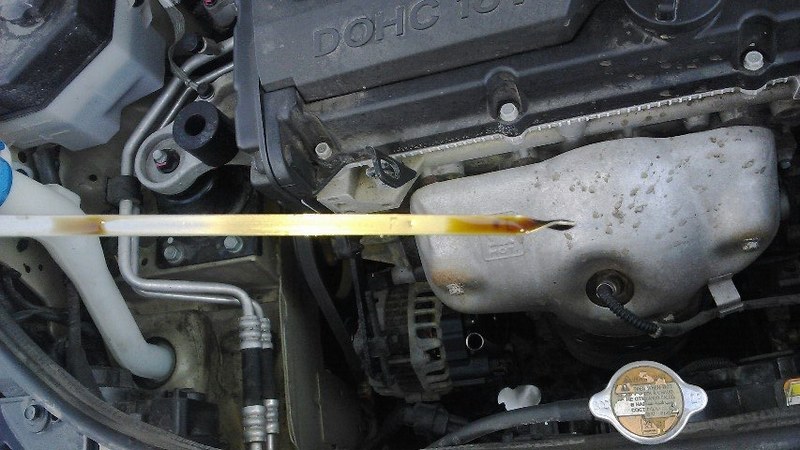
2. Wipe it with a clean cloth and reinsert it.

3. Remove the oil level indicator again. The level should be slightly below the maximum oil level mark on the dipstick. If the oil level approaches or falls below the lower mark, add oil.
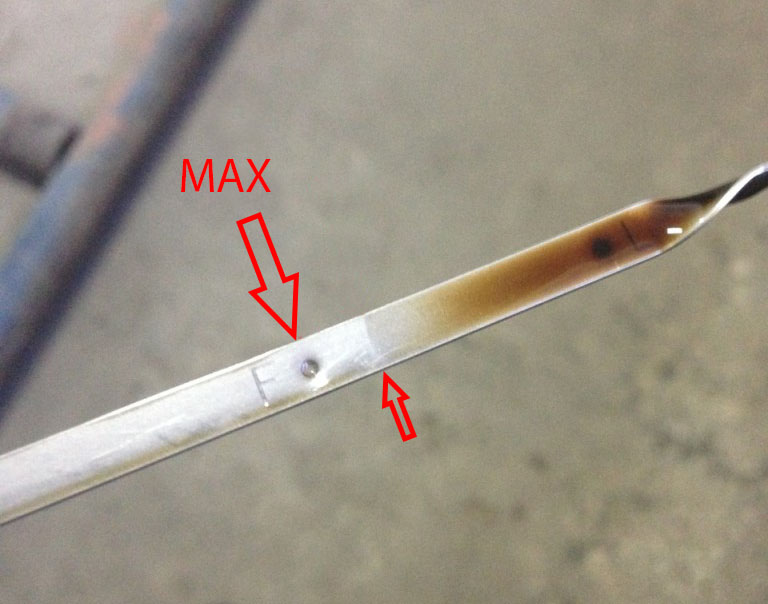
4. To add engine oil, turn the oil filler plug counterclockwise and remove it.
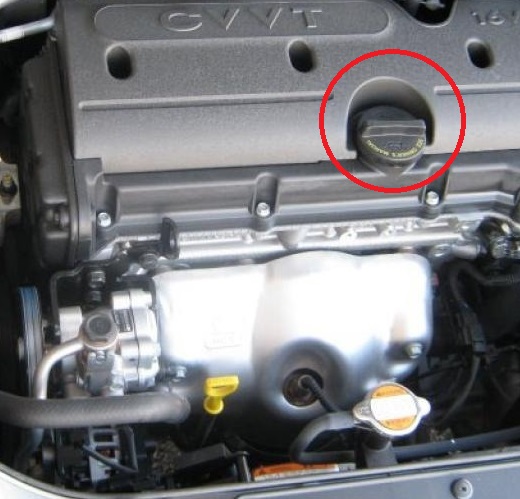
5. Fill in oil in the engine, controlling its level by the index (probe). Before removing the pointer, wait two to three minutes to allow the oil to drain into the crankcase.
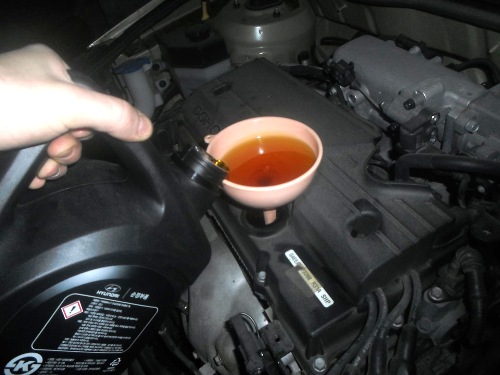
Notes:
The oil level in the engine crankcase should not exceed the upper mark, otherwise leaks through gaskets and seals, increased oil consumption are possible.
Useful advice:
A funnel can be used to make adding oil easier. In the absence of a funnel, you can make a funnel from the neck of a plastic bottle.

6. After the oil level reaches the required level, tighten the filler cap. Remove any oil spills with a cleaning cloth.
The article is missing:
- Photo of parts and consumables
- High-quality repair photos
Source: carpedia.club
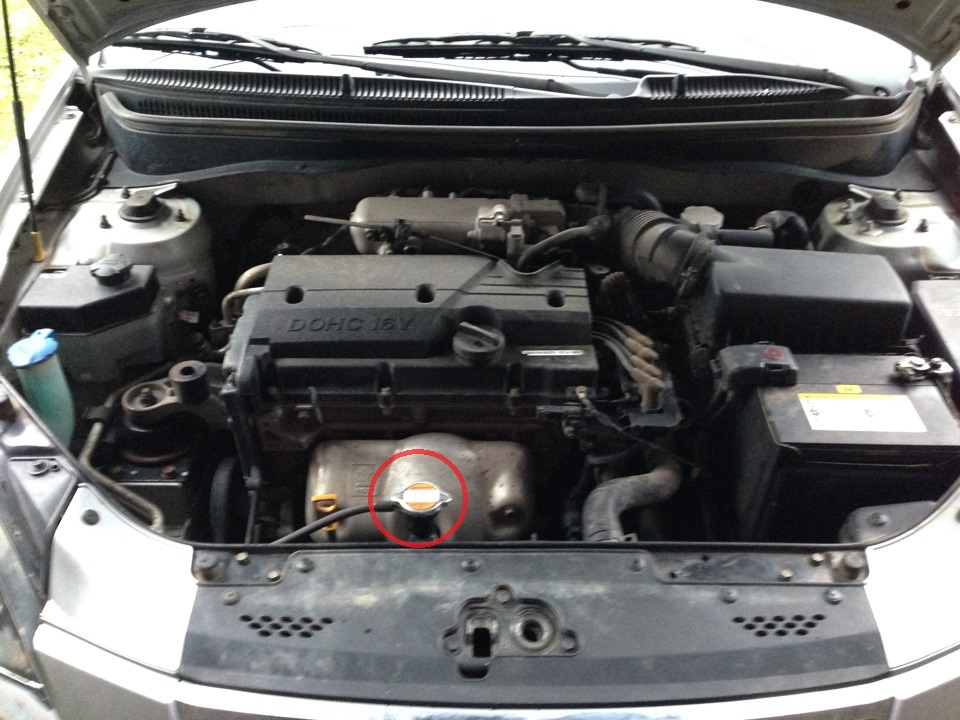
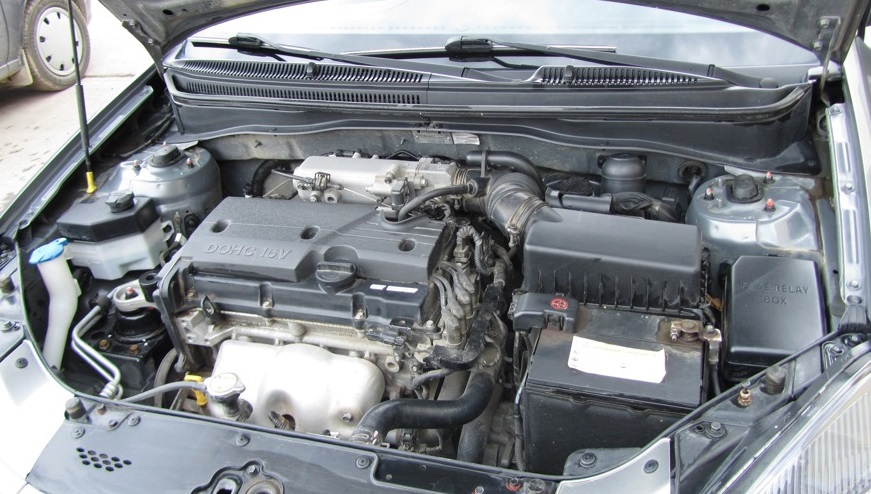
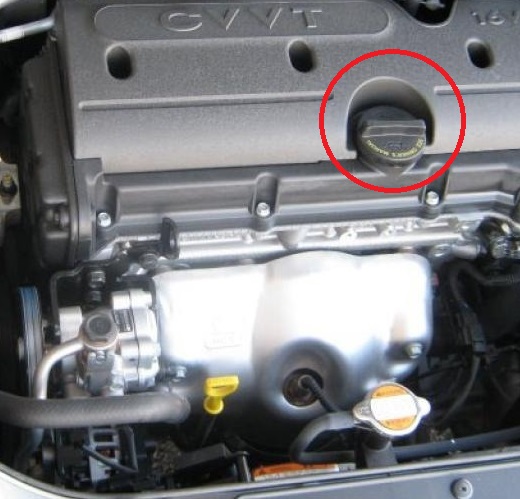
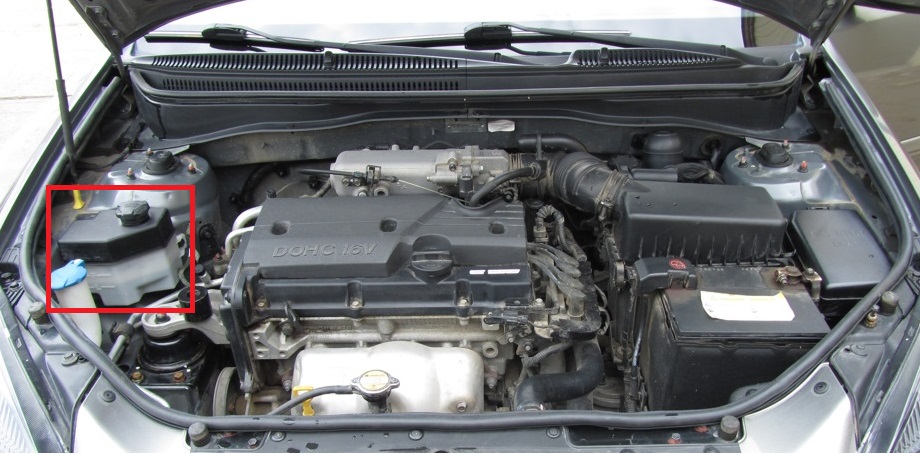
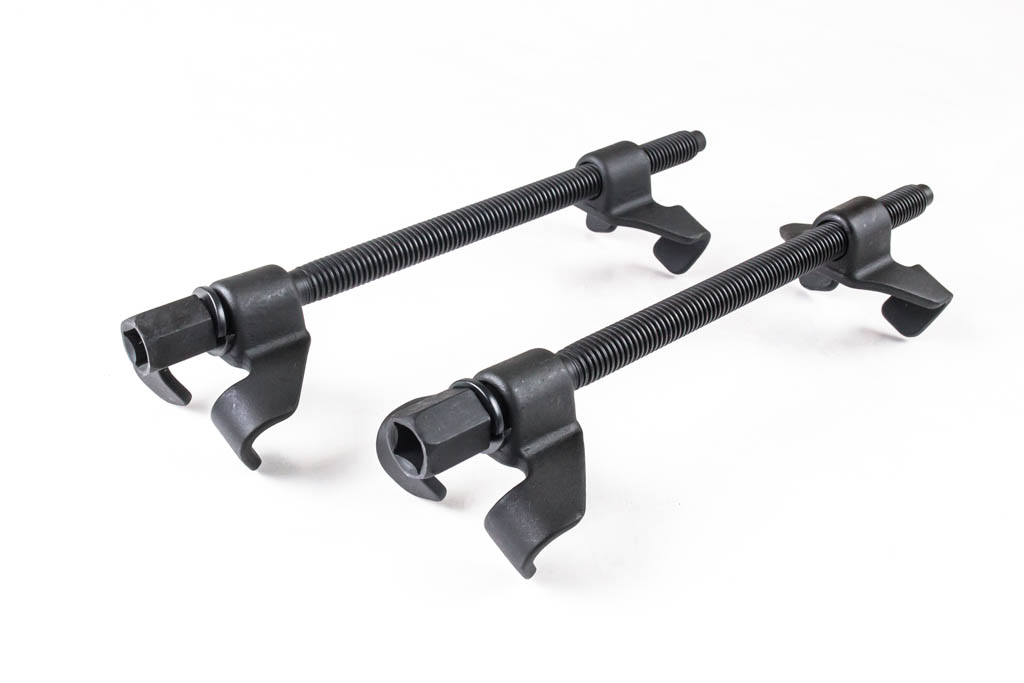
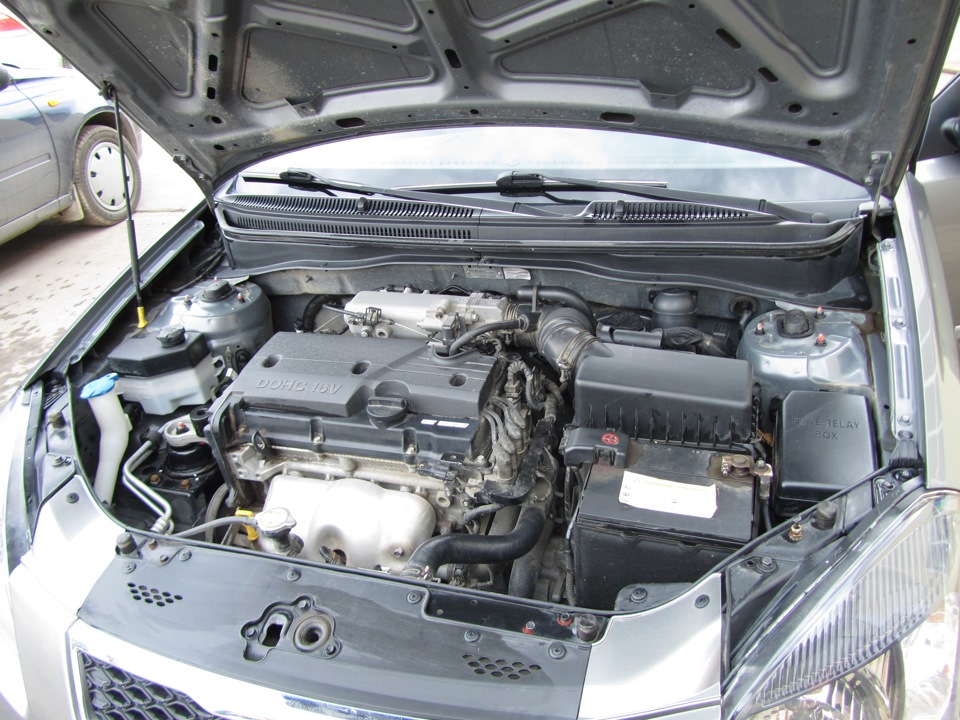
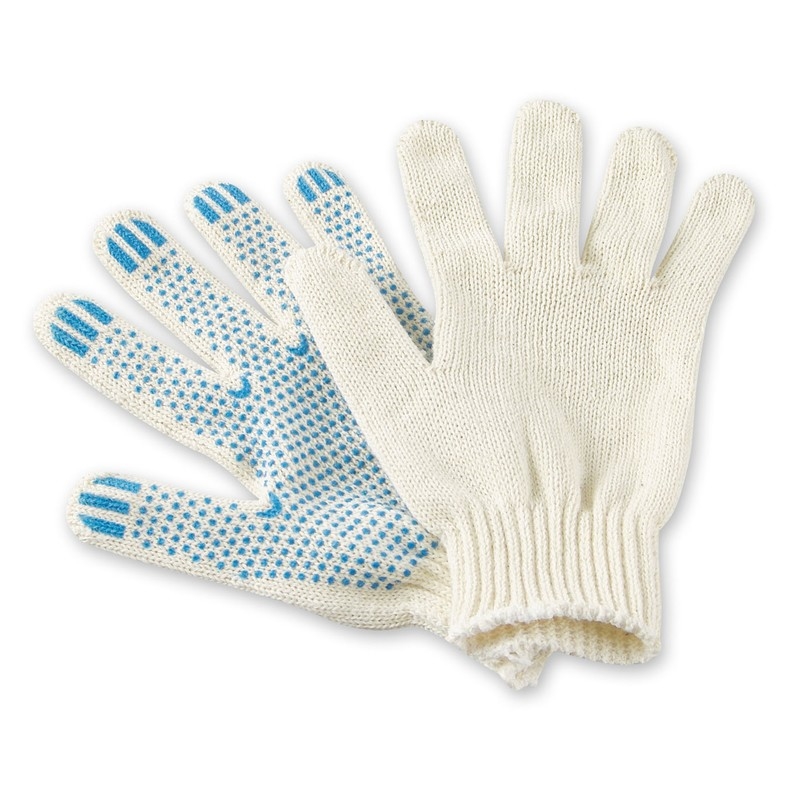
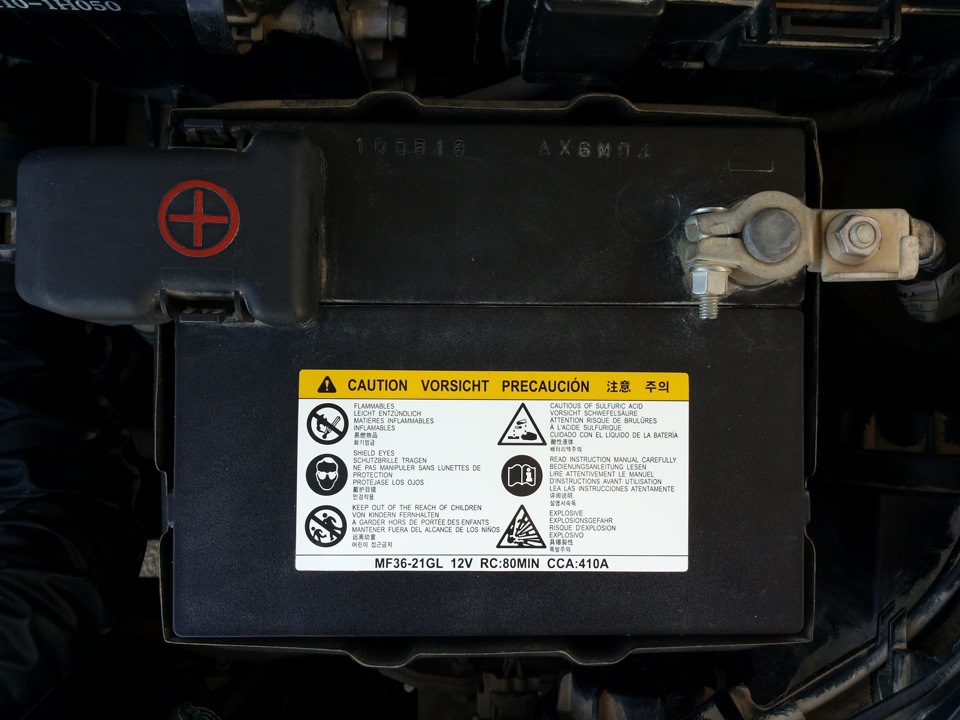
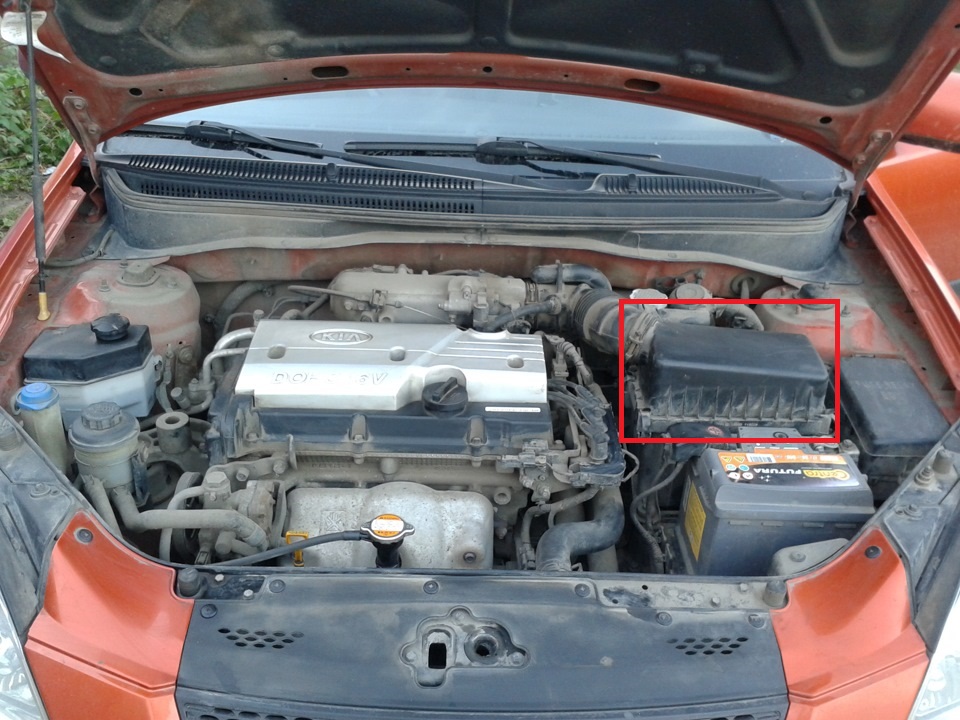

![2 generation [2005 - 2009]](/uploads/Kia_Rio_2005_-_2011.png)
![3 generation [2011 - 2015]](/uploads/9b0bb8ba0203729f482ae8eb3b95c4f1.jpg)
